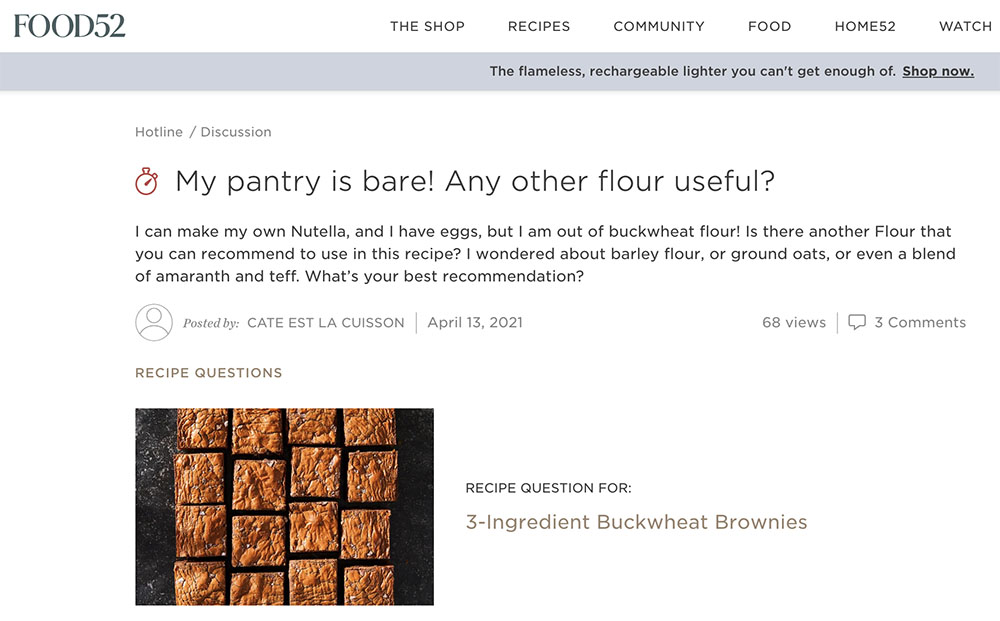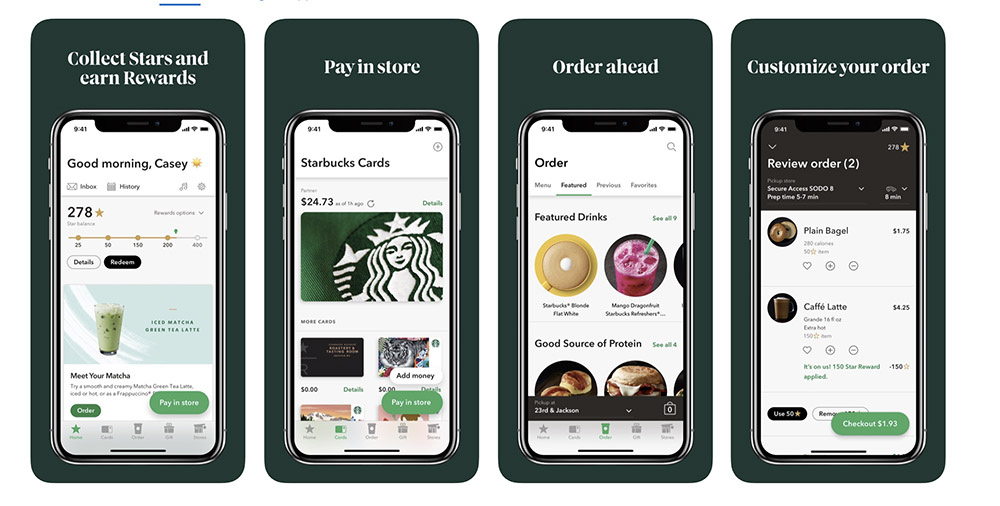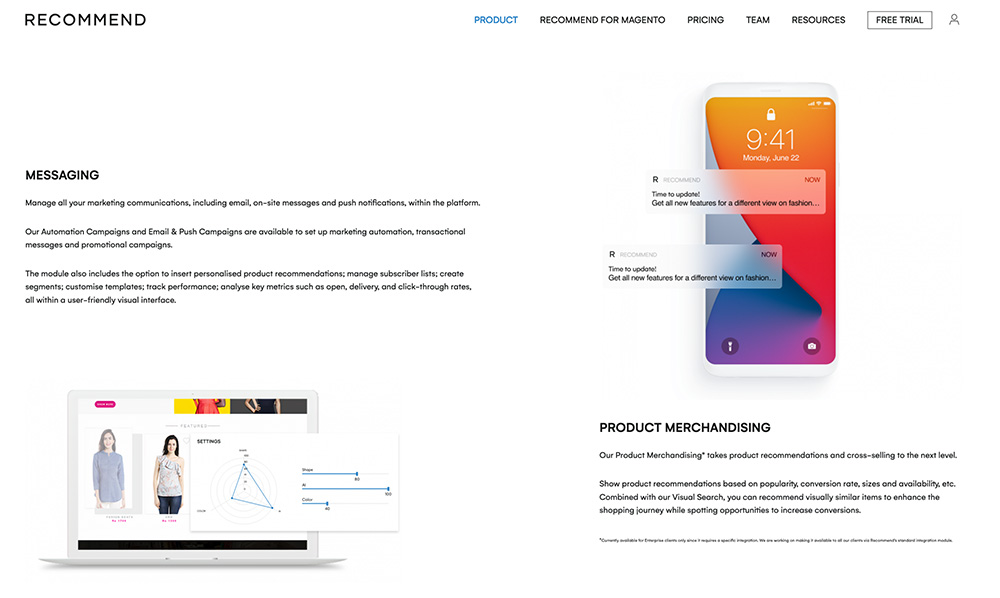If you are a marketer or a CMO, customer acquisition and customer retention are the most commonly cited marketing priorities. But this hasn’t become an easy task. In the last six years, the cost of acquiring new customers has increased by 60%.
While acquiring new customers involves creating a systematic, sustainable acquisition strategy that can evolve with recent trends and changes, retention is more about a business’s ability to retain its existing users.
Without a doubt, acquiring new customers is much more expensive than retention, but there are some ways in which marketers can significantly reduce this cost and increase their sales and ROI.
5 cost-effective retention and acquisition strategies for retail
Number 1: Referral programmes
Over the last three years, consumers have become less trustworthy of brands. Since the start of the Covid-19 pandemic, this number has increased even more, with shoppers now spending more time researching for more reliable retailers.
Referral programmes are among the most low-cost ways of acquiring good quality leads. According to Digital Commerce 360, 92% of consumers trust referrals because it usually comes from people they know. What’s even more interesting is that over 65% of companies are now investing in developing referral programmes for their current customers in the hopes to gain new ones.
An excellent example of a great referral programme is from the men’s grooming retailer Harry’s. Its campaign was created by Harry’s founders, Jeff Raider & Andy Katz-Mayfield. They believe that the most effective way to launch their grooming brand was through a credible referral marketing program.
The campaign focused on word-of-mouth marketing to hope that their current customers will spread the word to their friends. In the end, the campaign resulted in acquiring over 100,000 emails in a single week without using any other channels for acquisition.
Number 2: Create a community
62% of consumers consider brand trust to have a substantial influence on their buying decisions. Creating a brand community is about inviting the consumer to a safe space to establish an open relationship with the brand and meet other like-minded people.
Communities are a fantastic way of creating a positive association with your brand. The bottom line is, if your current customers are happy to speak about your brand freely, it will only be a matter of time before their friends and family start paying attention too.
Building a brand community in phigital times may be a bit more challenging, but it is possible! Food52, an e-commerce foodie hub, is all about digital brand communities. Some of how they reach out to their consumers are through:
- Instagram Polls
- Online Surveys
- Long-form Surveys
- Online Focus Groups
- Sending out product samples and getting the customer involved in the development and design stages.
- Encouraging the customer to share Food52 product photos using a trending hashtag to be featured on their Instagram account.
- A designated “discussions” section on their website, whereby customers can share their opinions and views with other customers on hotline topics.
Number 3: Loyalty programmes
According to recent studies, companies with effective loyalty marketing programmes grow revenue 2.5 times faster than their competitors and generate 100% to 400% higher return for their shareholders.
Loyalty programmes can be a remarkable way of keeping your customers excited about your business. One of the critical things to consider when thinking about developing a loyalty programme in 2021 is data. Marketers need to have valuable information from their data to create a personalised, hyper-targeted experience for customers. Here, the use of a personalisation solution is the key to success.
Starbucks, the American coffeehouse chain, has developed a loyalty programme responsible for 40% of its revenue. How does the programme encourage customers to remain loyal? For every $1 spent, the customer receives two stars; once you reach 25 stars, you can unlock a reward of your choice. Simple yet effective.
The Starbucks mobile app also enables the customer to track their rewards and experience a seamless shopping experience. These features encourage the customer to stay with Starbucks; why switch to a new coffee chain if Starbucks rewards you for drinking their coffee?
Number 4: Personalise your marketing efforts
Some marketers fear personalisation because with it comes the association of expensive AI technology. And yes, personalisation can largely depend on technology, but there are platforms available that can help you tackle personalisation and marketing actions without spending all your budget.
Recommend is a personalisation and 360º marketing platform for e-commerce businesses. Powered by AI, it optimises your brand website while gathering information about your visitors to understand their journey, patterns and predict shopping behaviours. The solution includes a Messaging module where brands can manage all their marketing communications, from transactional messages to promotional campaigns, based on their customers’ data for a truly personalised experience.
Number 5: Nurture post-purchase relationships
Consumers dislike being treated as sales figure. Instead, they want to be seen as an extension of the brand. This is why post-purchase communication is essential for customer retention.
What do we exactly mean by post-purchase relationships? For example, one of how retailers can continue the customer post-purchase conversation is by sending a follow-up email asking if they are happy with the product or providing value to the customer through future product discounts or sharing helpful product information.
Always remember to…
Think outside the box! 2021 calls for a year of uniqueness from retailers. It’s all about putting the customer first and catering to their personalised needs. When looking at ways to retain and acquire customers, refer to this guide; these are cost-effective methods that can help your brand differentiate from the competition.












